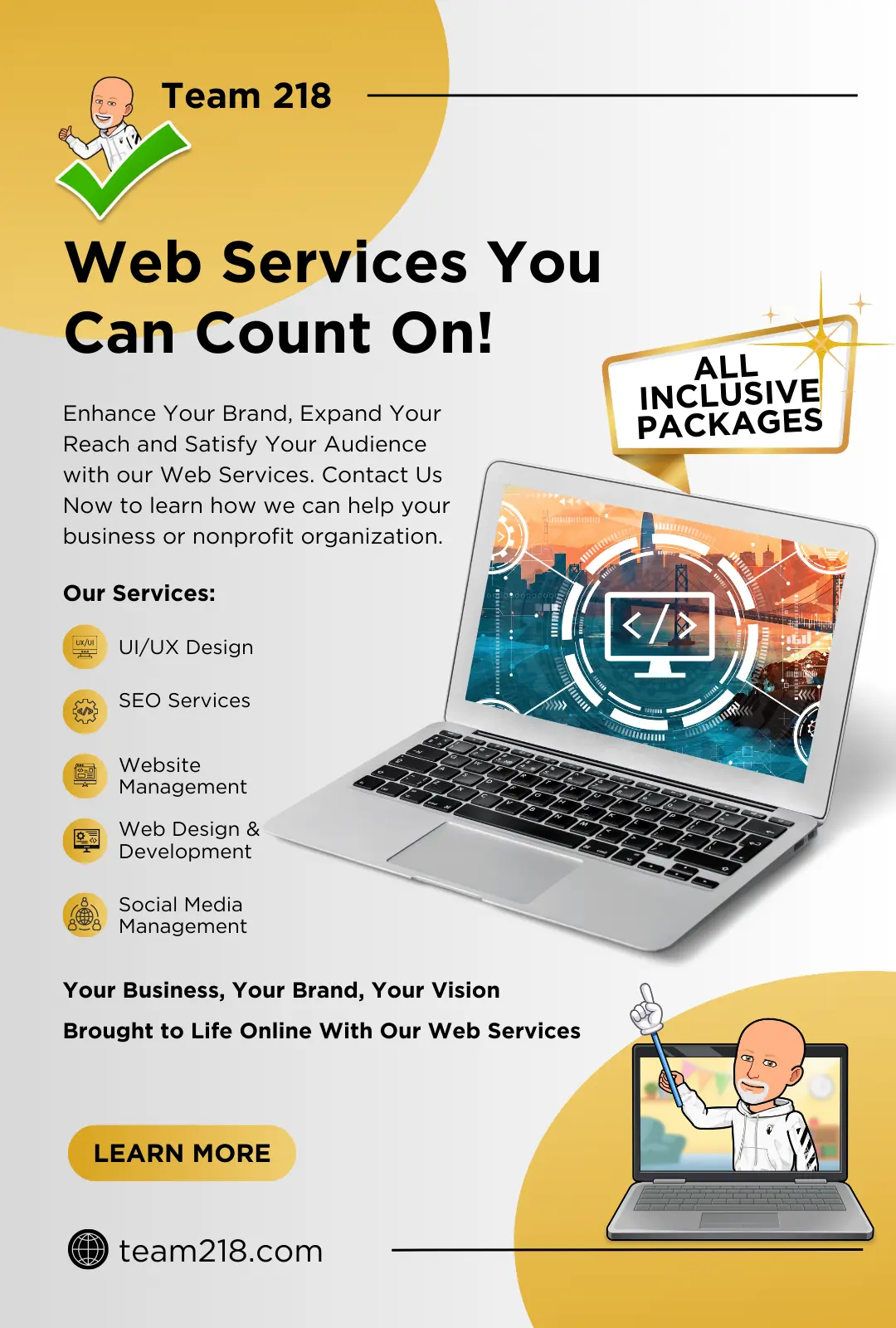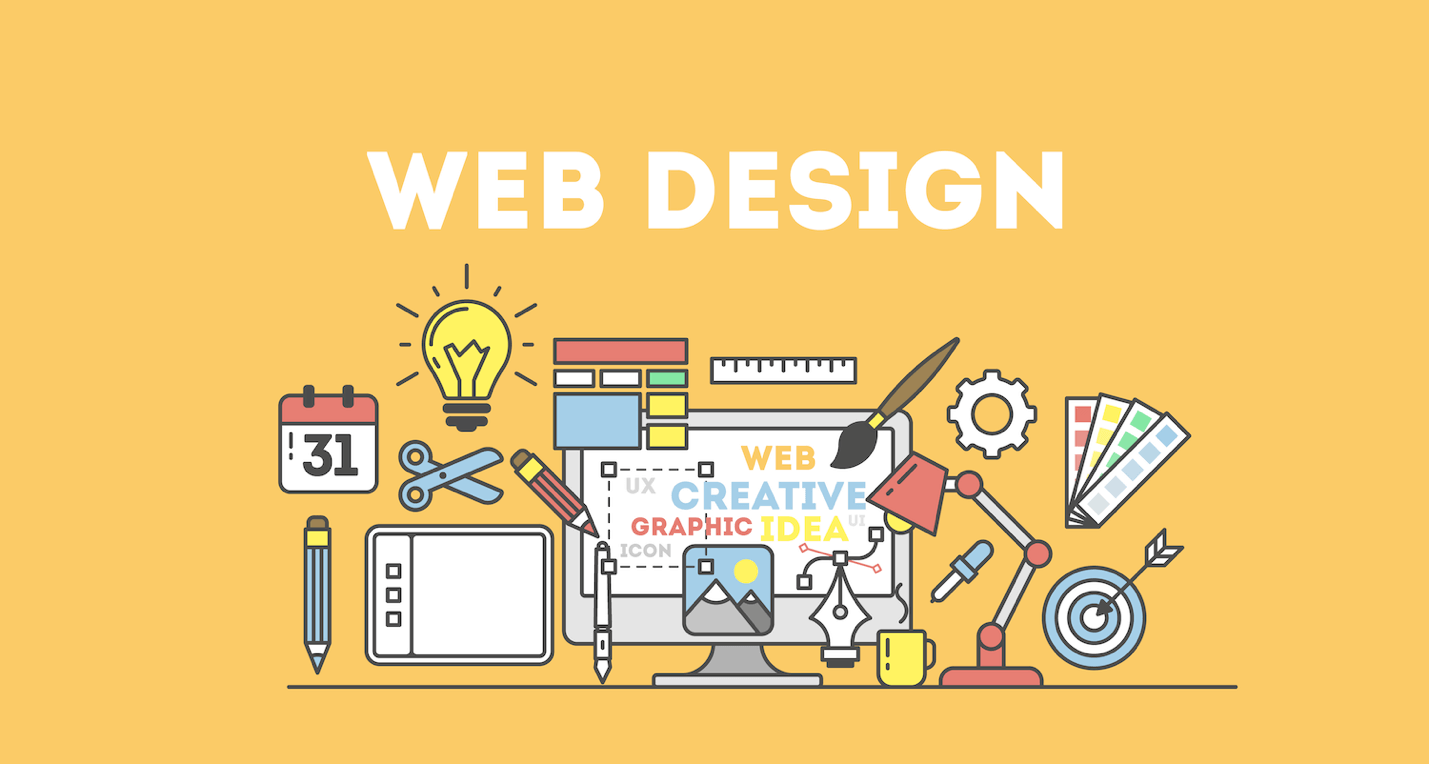Leading Fads Forming the Future of Cutting-edge Web Design
The Comprehensive Overview to Crafting Visually Appealing and Functional Internet Layout That Satisfies User Needs
In today's electronic landscape, the relevance of crafting web designs that are both visually enticing and practical can not be overemphasized. By prioritizing user-centered design concepts, developers can produce experiences that not only bring in however also retain customer passion. Key aesthetic aspects such as comparison, positioning, and equilibrium play a vital function in this procedure, while the necessity of receptive style ensures access across various gadgets. However, the trip does not end with initial style; recurring testing and model are vital for improvement. What approaches can one employ to successfully stabilize these components?
Comprehending User-Centered Style
At the heart of reliable website design lies the principle of user-centered style, an ideology that focuses on the demands, preferences, and behaviors of individuals throughout the advancement procedure. This approach involves extensive research study to comprehend the target market, making certain that the last item reverberates with its desired users. By integrating user feedback at every stage, developers can create interfaces that are not only visually appealing but also functional and intuitive.
User-centered design emphasizes empathy, requiring developers to enter the individuals' shoes and consider their perspectives. Techniques such as user identities, journey mapping, and usability screening are utilized to determine pain factors and chances for improvement. This iterative process enables constant improvement, as developers adapt to developing user demands and technological developments.
Incorporating user-centered design brings about raised individual contentment and interaction, eventually causing greater conversion prices and brand commitment. It promotes a collaborative setting where stakeholders, including designers, programmers, and customers, function together to accomplish a common vision. By placing users at the center of the style procedure, organizations can develop web sites that not just satisfy company goals but additionally offer purposeful and satisfying experiences for users.
Key Concepts of Visual Design
Efficient aesthetic design functions as the structure for creating easy to use and interesting websites. It includes numerous key principles that direct designers in crafting visually pleasing and useful user interfaces.
First, equilibrium plays an important duty in achieving aesthetic consistency. Designers ought to distribute components equally throughout the layout to prevent frustrating users. This can be achieved with unbalanced or symmetrical style strategies.

In addition, placement is essential for organizing details. Consistent positioning of message and pictures fosters a clean design, improving total navigating and individual experience.
 Closeness also adds to visual clarity. Grouping related things together aids individuals in comprehending the relationship in between various elements, making the interface much more user-friendly.
Closeness also adds to visual clarity. Grouping related things together aids individuals in comprehending the relationship in between various elements, making the interface much more user-friendly.Finally, consistency in style aspects, such as styles, font styles, and shades, reinforces brand identity and helps users navigate the website a lot more easily. By including these essential concepts of aesthetic style, internet developers can produce interfaces that are not only visually appealing yet additionally functional and user-centered.

Significance of Responsive Layout
Receptive style is an essential element of contemporary internet advancement, making certain that sites function seamlessly throughout a variety of gadgets and display dimensions. As the internet landscape evolves, the diversity of devicesâEUR" varying from smart devices to tablet computers and check my reference desktop computersâEUR" necessitates a style strategy that accommodates all customers.
Executing receptive layout permits a flexible design that instantly adapts based on the user's display dimensions. This flexibility not just boosts ease of access however additionally improves use, as customers can browse and interact with the site effortlessly, regardless of their gadget.
Additionally, search engines like Google prioritize mobile-friendly websites in their ranking algorithms. A receptive layout can substantially improve a site's SEO performance, ultimately driving more website traffic and enhancing visibility.
In addition, receptive style lowers the requirement for keeping multiple variations of an internet site, simplifying updates and material management. This efficiency equates right into cost savings and an extra natural brand name experience throughout systems.
Enhancing User Experience
User experience (UX) is a pivotal part of website design, affecting how site visitors engage with a web site and perceive its worth. A well-crafted UX ensures that users can browse without effort, find details easily, and achieve their objectives effectively. The design has to think about the user's journey, from the moment they arrive at the site to the conclusion of their preferred action, whether that be buying, enrolling in a newsletter, or accessing details.
Key components that improve UX consist of clear navigating, responsive designs, and engaging visual content. Uniformity in layout aspects such as buttons, learn this here now typefaces, and colors cultivates experience, making the internet site feel natural. Additionally, optimizing tons times is crucial; users are much less likely to remain on a site that is sluggish to react.
Incorporating access functions makes sure that all customers, consisting of those with disabilities, can interact with the site seamlessly. User-centric style principles must lead material company, providing relevant info in a sensible structure. web design. By prioritizing user requirements and choices, web developers can develop experiences that are not just aesthetically enticing yet additionally functional, inevitably promoting individual contentment and commitment
Checking and Repeating Styles
Checking and repeating designs are essential processes that follow the initial creation of a site, guaranteeing that the individual experience remains at the leading edge of any type of adjustments. These stages entail gathering individual comments, examining design performance, and making educated alterations to improve usability and interaction.
Functionality testing permits designers to observe real customers as they interact with the web site, recognizing discomfort points and locations for enhancement (web design). Customer surveys can use qualitative insights, catching user beliefs and choices.
Continual version cultivates an adaptive style approach, where the web site advances in his comment is here feedback to user behavior and feedback. By dedicating to extensive testing and model, designers can create an internet site that not just meets aesthetic standards but also delivers a seamless and enjoyable user experience.
Conclusion
In verdict, reliable website design requires the combination of user-centered principles, key aesthetic style elements, and receptive frameworks to create engaging user interfaces. By focusing on individual needs and implementing continual screening and version, designers can improve their developments to enhance total satisfaction. The commitment to these practices not just promotes an aesthetically attractive aesthetic yet likewise ensures capability across varied gadgets, ultimately adding to a positive user experience and enhanced involvement.
By focusing on user-centered design principles, designers can develop experiences that not only bring in however additionally keep customer passion.At the heart of efficient web style exists the principle of user-centered layout, an approach that focuses on the needs, choices, and behaviors of individuals throughout the growth process. By putting customers at the forefront of the style procedure, organizations can develop web sites that not only fulfill company purposes yet also supply meaningful and satisfying experiences for customers.
By prioritizing user requirements and choices, internet designers can produce experiences that are not just aesthetically appealing yet additionally functional, ultimately cultivating individual satisfaction and loyalty.
User surveys can provide qualitative insights, catching customer views and choices. (web design)